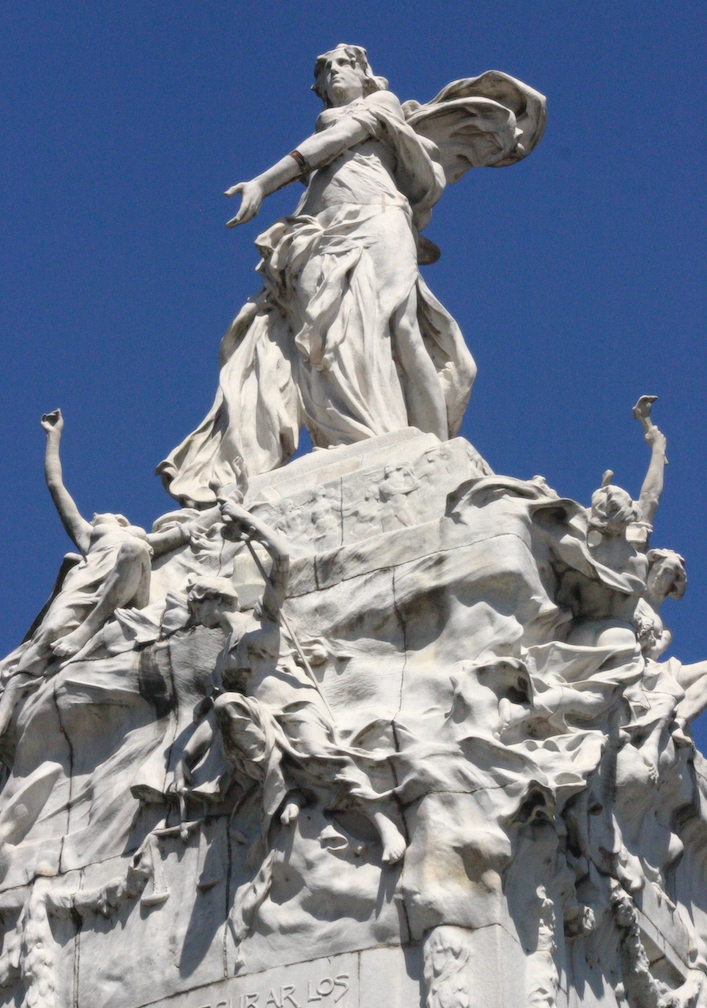
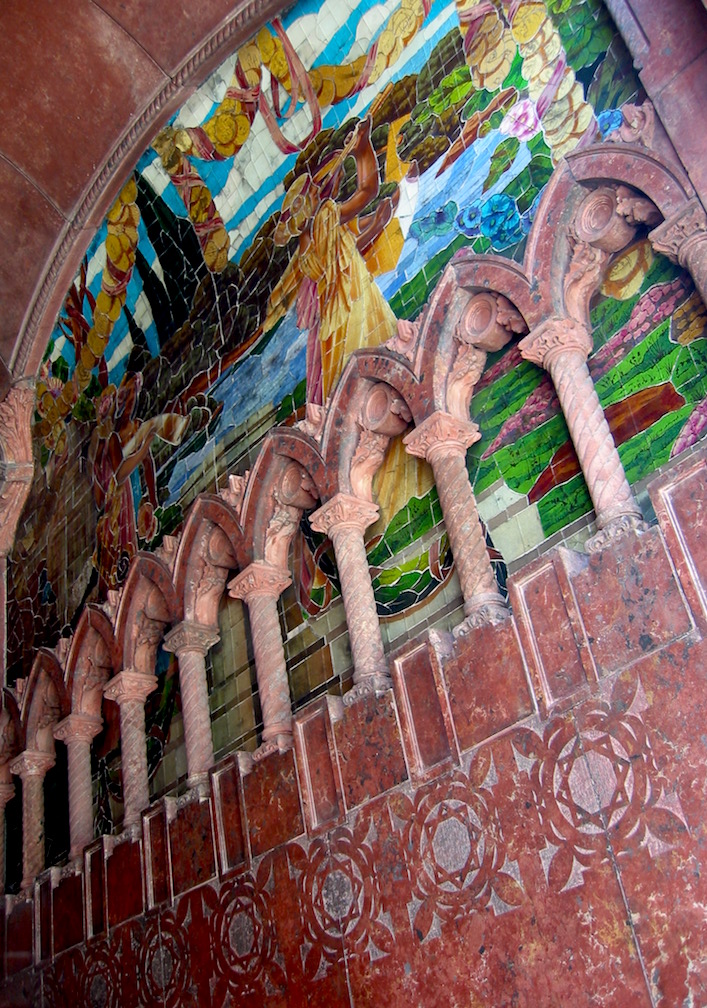
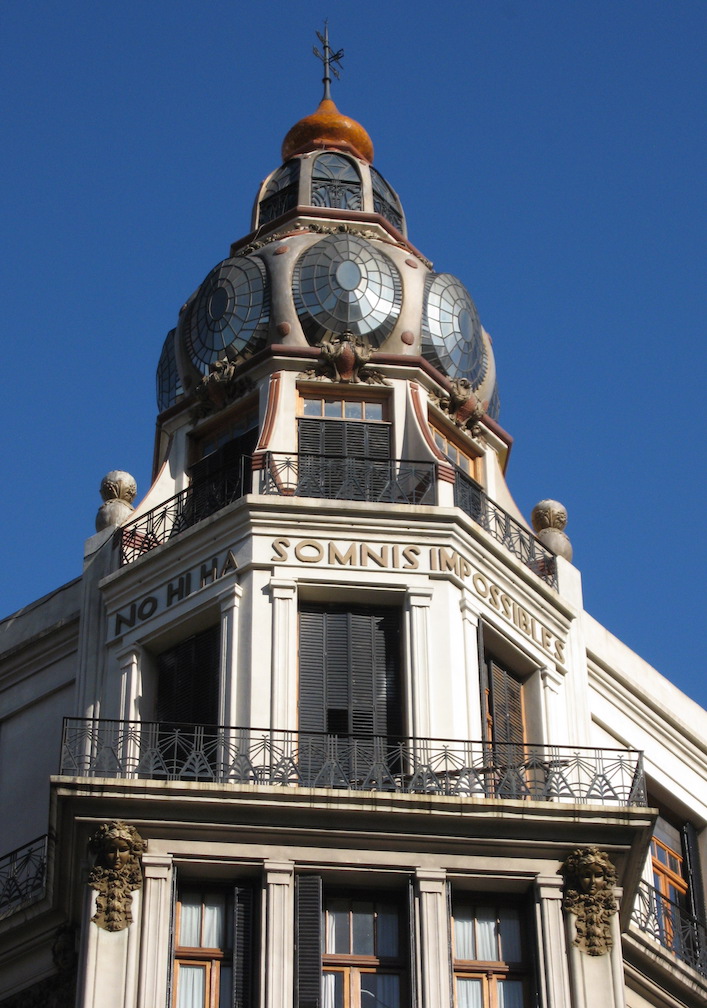
Many beautiful survivors from the first architectural trend of the 20th century still stand tall in Buenos Aires. Get to know the architects of the era, their individual styles, who hired them & what makes Argentina’s version of Art Nouveau so unique.
●
●
●
Decorative & decadent
Art Nouveau is easy to recognize by its extravagance. Detractors have faulted it as too decorative & too decadent; however, no other Western style has been so varied in its expression. Architects from each European country looked inward for inspiration, then presented their own interpretation of Art Nouveau to the world. Reaching Buenos Aires by way of European-born or -trained architects, the modern city still retains an incredible variety of buildings from this period.
With beginnings as diverse as English Arts & Crafts & French Symbolism, this guide presents the background necessary to understand the origins of Art Nouveau. It also explains recurring themes of the style, such as figures of women & the influence of nature. And although Buenos Aires architecture is best described as eclectic, certain patterns & characteristics of local Art Nouveau are identified & discussed.
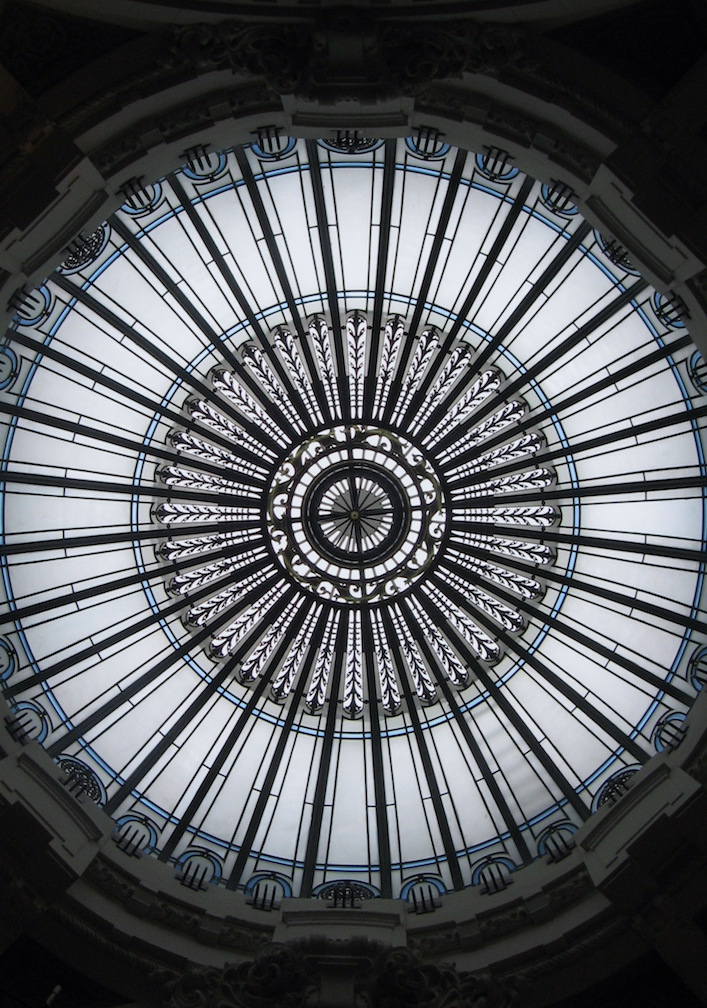

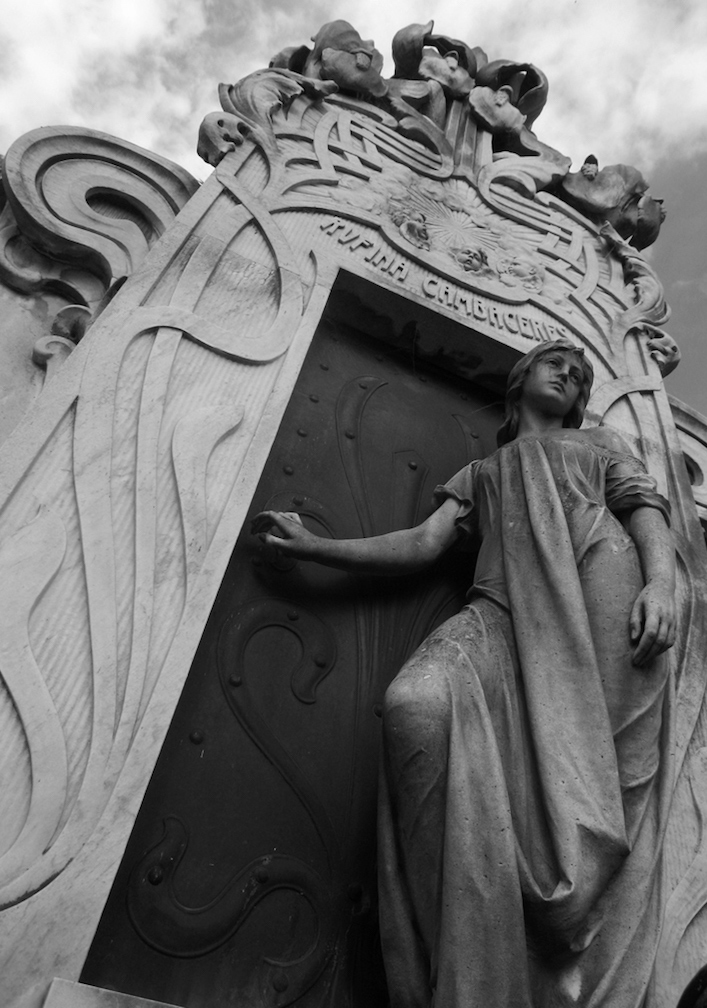
●
●
●
Focus on architects
Unfamiliar with Argentine architects? Not a problem. Given that local practitioners have yet to find fame like Catalunya’s Antoni Gaudí or Belgium’s Victor Horta, the guide includes biographies of four of the most important: Virginio Colombo, Francisco Gianotti, Julián García Núñez, & Alfred Massüe. Their personal histories had an enormous influence on each one’s interpretation of Art Nouveau. In fact, these architects were so important locally that their combined works account for almost one-third of the listings in the guide.
75 buildings & monuments may seem like a large number to list, but many are grouped throughout the city in centrally located areas. No need to roam all 200 square kilometers of Buenos Aires! We’ve also narrowed the field by highlighting 23 icons of the city. Each iconic building is accompanied by additional text & photos to explain its importance… definitely make these a priority. Also keep in mind that 11 of the total 75 listings can be found within the walls of Recoleta Cemetery, a must-see for any visitor.
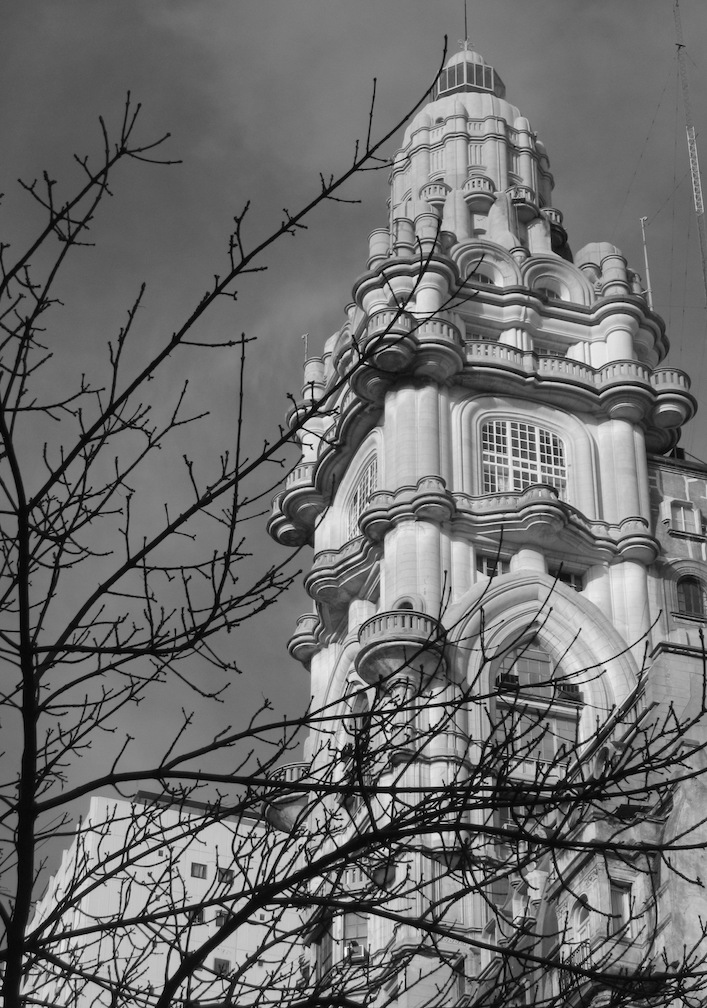
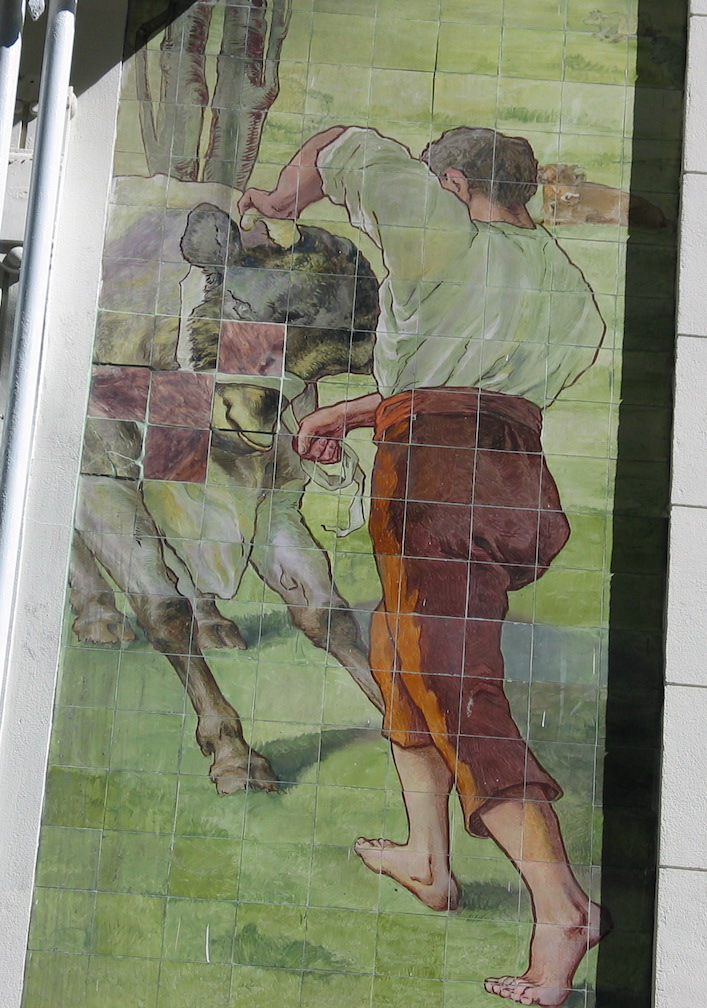
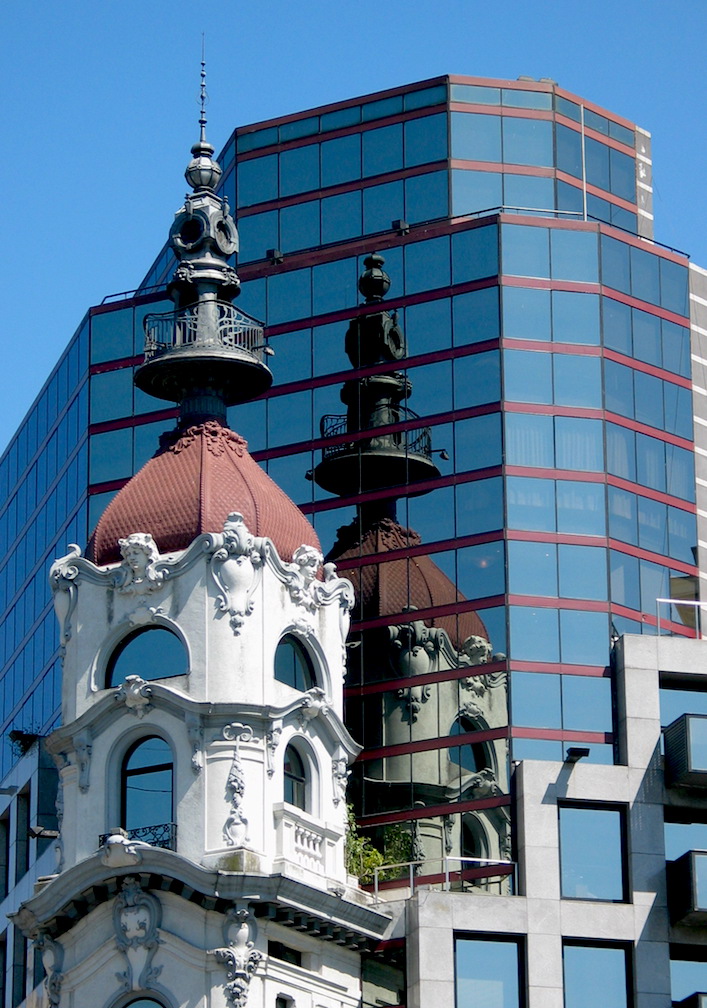
●
●
●
Unique content
Each listing includes the name & type of building or artwork, its exact address plus the architect or sculptor & year designed (if known). Covering areas of the city not often visited by tourists, the over 10 detailed maps allow you to break away & connect your own dots. Keep this guide handy while exploring the city & incorporate a bit of Art Nouveau while visiting other sights.
Design has been optimized for handheld devices: tablets of all sizes & even cell phones. Our crisp & clean look is easy to use as seen in the screen captures below.
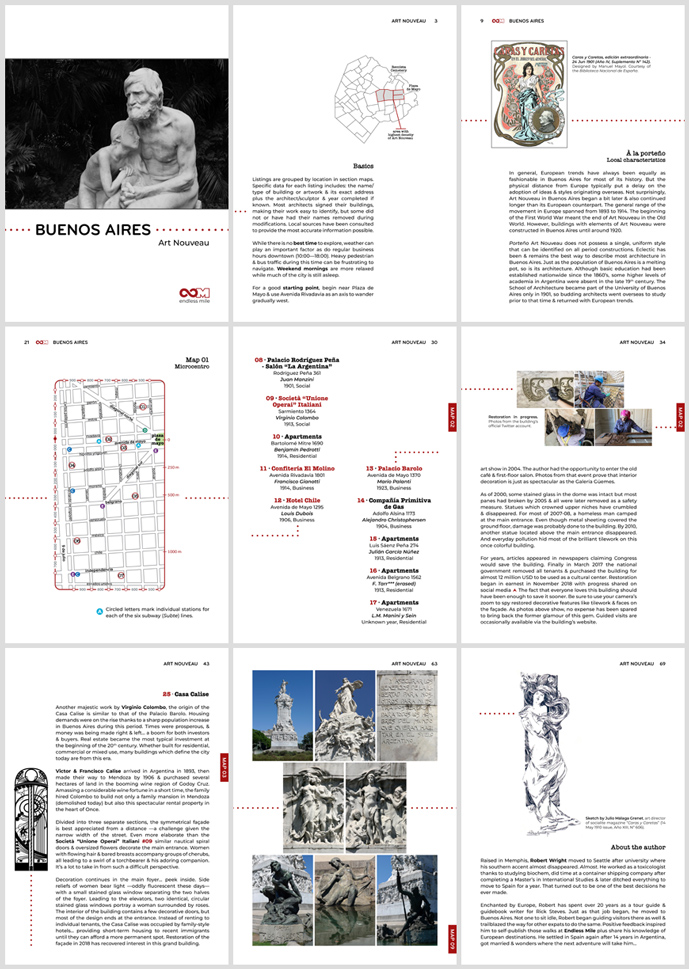
- Format: PDF, A5 portrait, 71 pages (8.3 Mb). Designed for digital viewing. First released Feb 2013, last updated Jan 2025. This guide may not be redistributed or resold.
- Duration: Spend as much time as you like. This is not a guided walk with ordered stops, & few people will want to see every listing. However, the Art Nouveau guide represents a unique way to explore the city on your own.
- Price: US $5.99 via PayPal (taxes included). Click “return to merchant” to download the PDF file after payment is confirmed. A thank-you email will also be sent with our contact information if you need assistance.
●
●
●
●
●
Unsure if this guide is for you?

We’ve made our guide to Domes of Buenos Aires available free of charge. This 30-page, map-based PDF (file size 3.6 Mb) allows you to examine the general structure, layout & writing style of all Endless Mile guides. Enjoy another way to explore Buenos Aires… on us!
© 2002-2025, Robert Wright. Photos & text may NOT be used for commercial purposes or for derivative works.
For those interested, here’s our privacy policy. I’m also on Bluesky… for now.